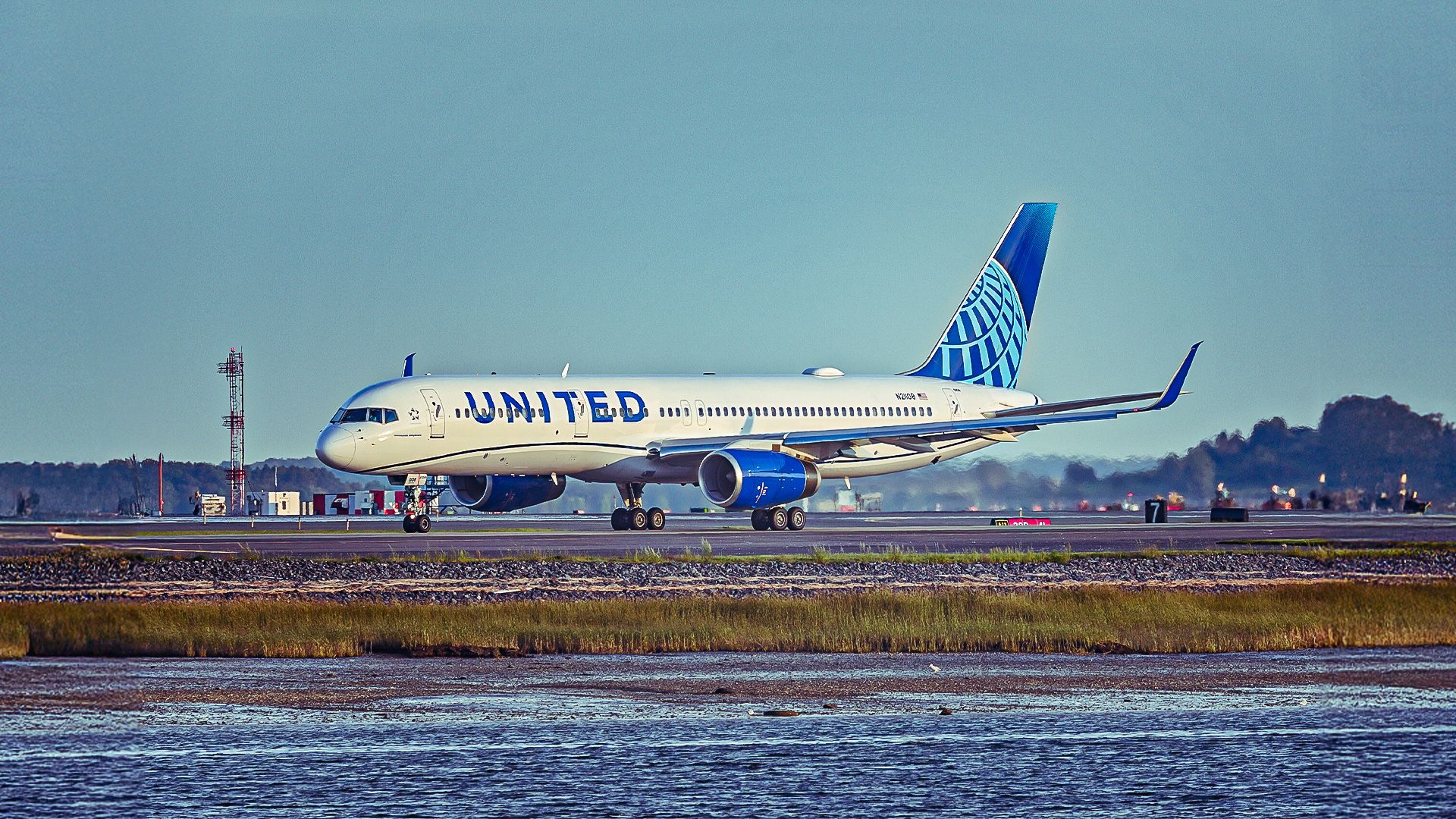World
Boeing 757 Dominates Transatlantic Flights After Decades of Service

The Boeing 757 continues to excel on transatlantic routes decades after its introduction, with approximately 60% of the total production run still in service as of 2019. Designed in the 1970s and first entering service in 1984, the aircraft has proven remarkably resilient, with many operators choosing to retain it rather than transition to newer models. This is largely attributed to the 757’s unique position in the market, fulfilling a niche that few other aircraft can match.
Delta Air Lines is a prominent operator of the 757, flying nearly half of the total units delivered. The airline’s fleet is characterized by jets that average over 20 years in age, yet they remain a vital component of transatlantic operations. Airlines appreciate the aircraft for its fuel efficiency, handling capabilities, and comfort, making it a favorite among pilots and passengers alike.
Unmatched Versatility and Performance
The Boeing 757, often referred to as the “Flying Pencil,” occupies a rare performance niche within the aviation market. With a seating capacity of approximately 160–180 passengers, it is ideally suited for “long-and-thin” routes, such as from New York to Manchester and Boston to Dublin. The aircraft’s range of 3,900 nautical miles allows it to operate nonstop from various East Coast airports to virtually every major Western European destination.
Despite the introduction of newer models like the Airbus A321XLR, the 757’s unique capabilities have kept it in high demand. It was the first single-aisle jet to gain ETOPS (Extended Operations) certification for intercontinental flights, beginning in 1986. This certification coincided with the liberalization of Open Skies agreements, allowing airlines to explore new routes at a lower risk.
Boeing ceased production of the 757 in 2004, and for many years, there was no direct successor. The lack of alternatives contributed to the 757’s sustained presence in transatlantic schedules, as it continues to offer performance that few competitors can match.
The Legacy of the 757
Technical specifications highlight the aircraft’s advantages. The Boeing 757-232 has a maximum takeoff weight of 230,000 pounds and a cruising speed of 530 miles per hour. It can accommodate 187 passengers, with a configuration of 16 First Class and 171 Economy Class seats. Its powerful engines, the Pratt & Whitney PW2037, provide a thrust of 76,400 pounds-force, enabling efficient takeoffs from shorter runways, such as those found in Newark and Dublin.
In comparison to other aircraft, the 757 offers advantages in terms of fuel capacity and operational flexibility. While models like the A319 can operate transatlantic flights, the 757’s greater fuel reserves and thrust allow for better performance on longer routes without necessitating technical stops or weight penalties.
Despite its age, the 757 remains a critical asset for airlines navigating the lucrative transatlantic corridor. Its ability to maintain operational efficiency, combined with the extensive infrastructure already in place for maintenance and pilot training, ensures that it remains a favored choice among major carriers.
The ongoing evolution of the aviation industry, including shifts towards sustainability and the introduction of more fuel-efficient models, poses potential challenges for the 757. As the landscape changes, airlines must consider both the benefits of retaining the aircraft and the need for modernization.
Looking ahead, the anticipated Boeing 797 has yet to materialize, leaving a gap in the company’s offerings for a direct successor to the 757. Meanwhile, the A321XLR is emerging as a competitor, promising similar performance metrics with improved fuel efficiency. The Boeing 757’s legacy, however, as an irreplaceable workhorse of transatlantic travel, is firmly established and continues to shape the future of air travel.
-

 World2 weeks ago
World2 weeks agoGlobal Air Forces Ranked by Annual Defense Budgets in 2025
-

 World2 weeks ago
World2 weeks agoMass Production of F-35 Fighter Jet Drives Down Costs
-

 Science2 weeks ago
Science2 weeks agoTime Crystals Revolutionize Quantum Computing Potential
-

 Top Stories2 weeks ago
Top Stories2 weeks agoNew ‘Star Trek: Voyager’ Game Demo Released, Players Test Limits
-

 World2 weeks ago
World2 weeks agoElectrification Challenges Demand Advanced Multiphysics Modeling
-

 Top Stories2 weeks ago
Top Stories2 weeks agoDirecTV to Launch AI-Driven Ads with User Likenesses in 2026
-

 Entertainment2 weeks ago
Entertainment2 weeks agoFreeport Art Gallery Transforms Waste into Creative Masterpieces
-

 Lifestyle2 weeks ago
Lifestyle2 weeks agoDiscover Reese Witherspoon’s Chic Dining Room Style for Under $25
-

 Health2 weeks ago
Health2 weeks agoGavin Newsom Critiques Trump’s Health and National Guard Plans
-

 Lifestyle2 weeks ago
Lifestyle2 weeks agoLia Thomas Honored with ‘Voice of Inspiration’ Award at Dodgers Event
-

 Entertainment2 weeks ago
Entertainment2 weeks agoFast & Furious Coaster Hits the Track at Universal Studios
-

 Science2 weeks ago
Science2 weeks agoWaning Crescent Moon: What to Expect on October 17









